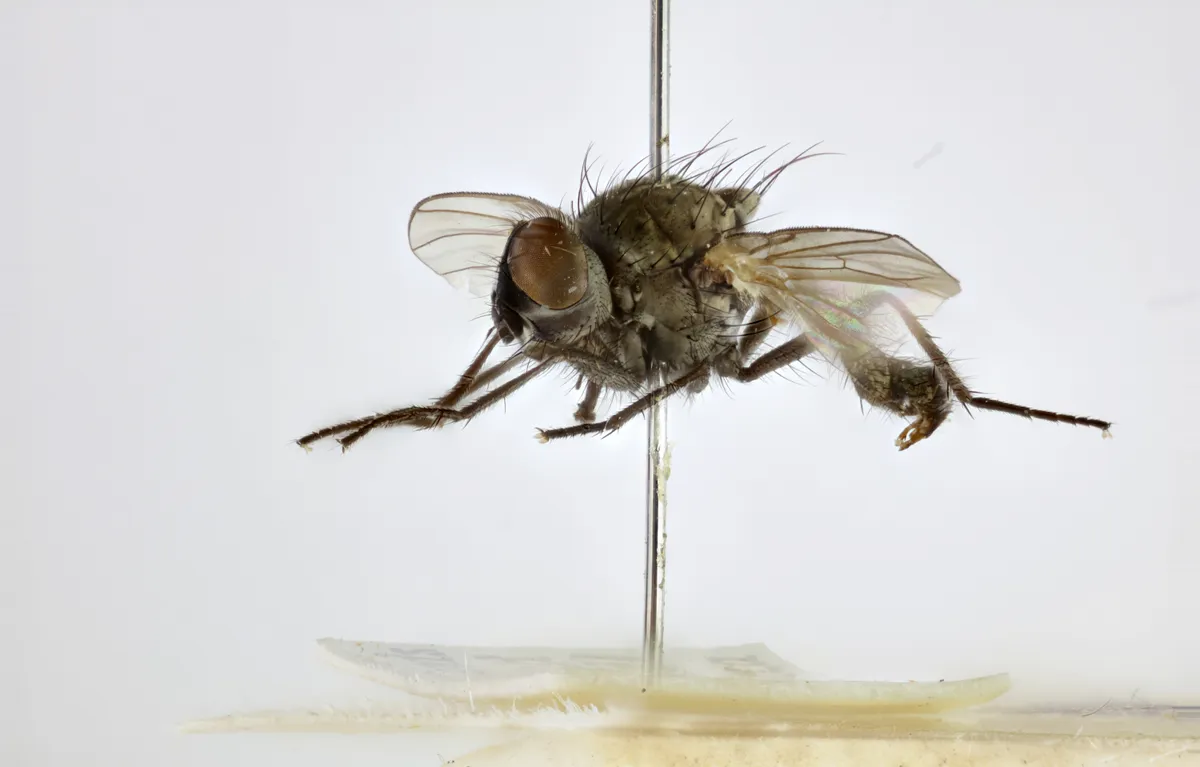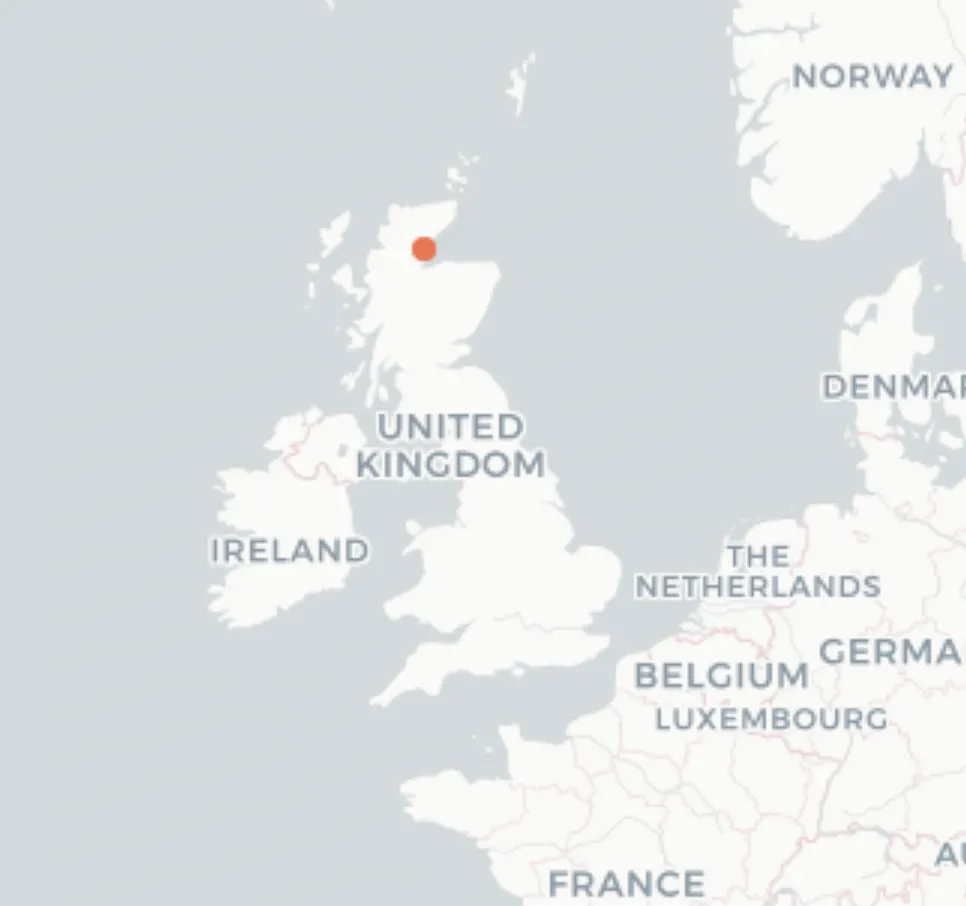When you think about threatened species the focus of the media is often on the charismatic megafauna such as the giant panda, lions or snow leopards. We perhaps don’t think of small, greyish-brown flies in the same context.
Fonseca’s seed fly Botanophila fonsecai from the Anthomyiidae family is however more threatened than many of these iconic mammals. This family contains a diverse array of species including agriculturally important species whose larvae are associated with roots of several of our important crops.
We are still not totally sure about the ecology of this species but it is thought to be closely associated with ragwort Senecio jacobae, sow-thistle Sonchus ssp, and the sand dune systems found in this area.
Fonseca’s seed fly is one of the UK’s rarest endemic invertebrates. It was first found at Dornoch Sands in East Sutherland in 1965, but it wasn’t until 1989 that Michael Ackland described it as a species new to science and named it Botanophila fonsecai after his mentor Evelyn d’Assis-Fonseca.
Fonseca (1899-1993) was a famous British Dipterist who not only described many new species, but also amassed a huge British collection of flies, many of which are now housed in The Natural History Museum, London. And one of those specimens is the original type specimen of Fonseca’s seed fly that he caught in 1971.

Subsequent surveys completed by Scottish Natural Heritage and others have revealed that Fonseca’s seed fly is restricted to just eight kilometres of coast in northern Scotland, from Dornoch Point in the south to Coul Links in the north, and nowhere else in the world.
It is one of the few flies to be placed on the Red List for endangered animals by the International Union for Conservation of Nature (IUCN), and is classified as globally Endangered. The classification is the second most severe category in the internationally adopted system and is used for species that are likely to become extinct if current threats to their survival are not removed or avoided.

Fonseca’s seed fly lives on the fragile dune systems that line the coast between Dornoch and Loch Fleet where it is thought to depend on plants such as ragwort and sow-thistles. Part of its incredibly small global range is Coul Links - a beautiful, natural coastal dune system, home to many species of wildlife.
This dune system contains some of the rarest habitats in Europe and is protected at local, national and European levels. A range of species can be found there throughout the year including small blue butterflies, skylarks, otters, migrant geese, and plants such as coral root orchid and purple milk vetch.
Anyone who has visited Coul Links will know how magical a place it is. Golden sands, rolling dunes, wildflowers and wetlands alive with wildlife. This site is one of the last remaining undisturbed dune systems in Scotland. Nationally rare beetles, endangered stiletto flies, and rare lacewings can all be found on the dunes. At least 24 invertebrate species of conservation concern are known from here, and many more may be present, however by far the most important species is Fonseca's seed fly.
But all is not as it seems in this ecological idyll. Plans for a championship golf course at Coul Links will destroy and fragment the habitat that Fonseca’s seed fly and other invertebrate species rely upon and may potentially cause the local extinction of this species at Coul Links.
The known population of Fonseca’ seed fly within the proposed golf course at Coul Links is perilously small. Stabilisation of the dunes and creation of fairways and greens for the proposed golf course will destroy the habitat for the species and further fragment the already fragile population.
Fonseca’s seed fly may not mean much to most people, but as the only place in the world where it occurs we are the guardians of this species and have an international responsibility to protect it for future generations. Buglife are one of the organisations desperately trying to ensure that this species survives. They will be presenting evidence at a Public Inquiry in to the plans for Coul Links during March.
In this the International Year of the Fly, entomologists are trying to highlight some of the more amazing flies that are found in the UK. For more information on this fly, and the rest of the UK species, head to the Dipterists Forum web site, a natural history society dedicated to these small but important creatures.
Buglife is the only only organisation in Europe devoted to the conservation of all invertebrates, and works to save Britain’s rarest little animals, everything from bees to beetles, worms to woodlice and jumping spiders to jellyfish.